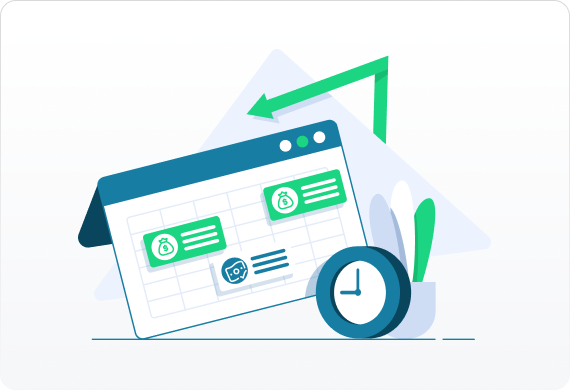The furniture industry has been going through some tough times during the COVID19 pandemic – but luckily there are signs of a rebound. Many consumers view furniture as discretionary spending, and cut back during economic downturns. During 2020, industry revenues in the $24 billion industry dropped 18.5%, but in the first five months of 2021 demand grew 31% over the prior year. The industry space has been undergoing vast shifts as generational trends on furniture spending impact retailers and manufacturers alike. Nearly half of millennials shop online for their furniture, compared to just 37% of Baby Boomers. Younger generations have delayed home ownership, and look for different features in furniture intended for a rental.
Retailers and manufacturers who respond to these shifts will continue to grow and succeed. If you own a retail outlet or furniture manufacturing company, you’ve likely felt the impacts of these changes. Maybe it’s time to invest in new equipment to expand your product offerings into modular, lightweight furniture favored by newer consumers. Or, you know it’s time to invest in a website or online sales platform. If it’s time to grow your business, or you’re still recovering from 2020, borrowing could help you reach your goals. Read on to find out some reasons you might want to consider borrowing, questions to ask before taking out a loan, and the best business loans for furniture companies.







